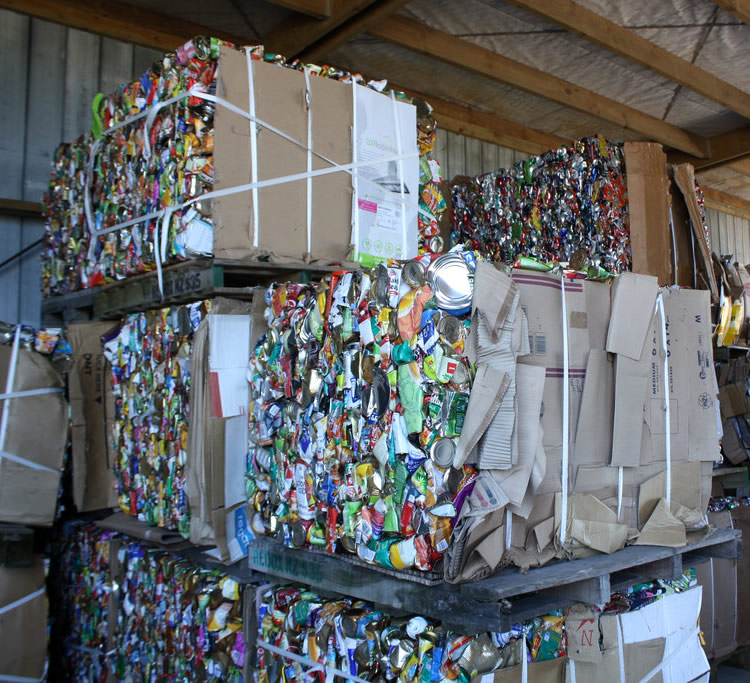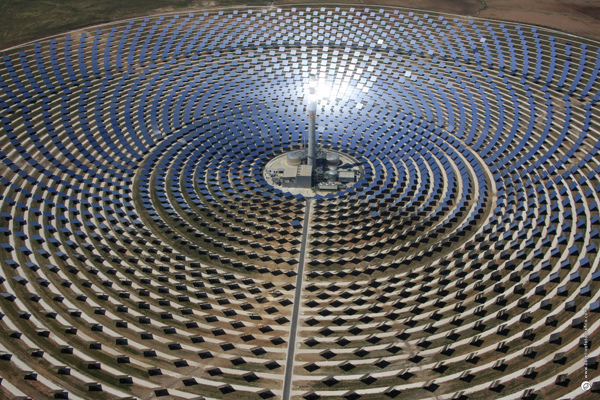 |
| Water Pollution Problem |
What do the human body and the planet earth have in common?
Water. If the human body has about two-thirds water, our planet has about 70% of it, which establishes the fact that water constitutes a major portion in both body masses. And that is what’s alarming.
If 70% of the earth’s surface is made up of water, then humankind should have been very wary of anything that would pollute this major portion of the planet. Alas, the human race has done otherwise. Water pollution is now a global problem.
  |
Today, water pollution is rampant and the chief source of water pollution is the human race. We are the very ones that need water most and, yet, we have polluted it, even to the brink of extinction.
There are many types of water pollutants but these can be segregated into four classifications: natural, agricultural, municipal and industrial pollutants.
Natural water pollutants could include all the natural phenomena that happen from time to time such as volcanic eruptions, earthquakes that cause major upheavals in the ocean floor and storms that cause flash floods. Even global warming could be qualified as a cause of water pollution.
Agricultural pollution consists mainly of poultry and other agricultural animal wastes that are carelessly thrown off to bodies of water near farms. It could also be the fertilizers or pesticides that are used to make better crops, which erode into lakes, rivers or streams.
 |
| Under the threat of industrial pollution |
Municipal wastes are those that come from residential areas. This is the liquid waste that households throw into bodies of water. Industrial pollution consists of all the wastes that major industrial firms chuck into the waters.
The last classification is Industrial waste that could include contaminants that are hard to take off from the waters once they spread - petroleum from oil spills or nuclear wastes. It is the most severe and most rampant among the three - and also the one that has caused the most damage.
The bodies of water in the world are in catastrophic danger, what with all the industries in the world today, plus our individual wastes all put together! No wonder mankind now drinks from bottles instead of just scooping water from running streams.
The effects of water pollution to humanity is staggering. But we should also consider all the other life forms that suffer - the fishes and other animals such as birds, and plants. And what happens when humans eat the very fishes that live in polluted waters?
 |
| Municipal waste floating on the water |
But where there is life, there is hope. There is something that we can do - you can do - to save the only planet that we have. You could be an advocate, in your own simple way, of retrieving the lost beauty of oceans, lakes, rivers and streams. Here is a list that might get you to consider in fighting water pollution:
- Primarily, you should prevent water pollution.
Just like an illness, it is much simpler to prevent its occurrence rather than to cure. Begin at your own home. Make sure that you conserve water. You can never imagine the water shortages that happen all over the globe. So if you have a constant supply of water at home, use it wisely. - Plant trees (if circumstance would allow you).
Having more trees or plants in your yard would prevent pollutants from flowing freely into nearby bodies of water. Since they keep the soil from eroding, water pollution or, at least, the quality of the water is improved. - Do not throw any form of garbage into any body of water.
Sign up for any organization that aims in cleaning up beaches (or lakes, or streams). Be an active member of such organizations. - Never throw water pollutants down your sink or toilet bowl.
Make sure to dispose waste water properly. Think of the many septic tanks that contribute to water pollution.
Although water pollution is an extensive problem, bridling it is still possible. And everything begins with each and every individual in each and every home.























